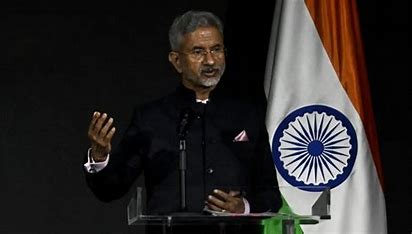
Nancy Pelosi’s recent appearance at the Democratic National Convention took an unexpected turn when a small white object fell from her pants as she approached the podium. The incident quickly became a viral sensation, prompting a range of interpretations and commentary online. While the object was ultimately identified as a folded notecard, the episode highlights the speed and nature of speculation on social media, as well as the broader implications of such viral moments for public figures.
As Pelosi, the 84-year-old former House Speaker, made her way to deliver remarks in Chicago before Minnesota Governor and vice presidential candidate Tim Walz’s keynote address, she appeared to momentarily look back, possibly noticing the object had fallen. The object remained on stage throughout her speech, giving rise to various conspiracy theories and mockery, particularly from her critics.
Initial reactions on social media were swift and harsh. Some users, such as Ian Miles Cheong, a right-wing influencer on X, quickly posted videos suggesting the object was a piece of used toilet paper. His post was met with widespread speculation, with many pro-Trump commentators amplifying the narrative that Pelosi was embarrassed by the incident. The quick spread of this false information demonstrates how easily misinformation can gain traction online, particularly when it aligns with pre-existing biases or agendas.
The incident further underscores the power of social media to shape public perception, often without regard for accuracy. As speculation about the object intensified, some users even made outlandish claims, joking about Pelosi’s supposed influence over President Joe Biden. These comments, while clearly intended as satire, reflect the broader culture of mistrust and cynicism that characterizes much of today’s political discourse.
A subsequent investigation by the website Not The Bee humorously debunked the initial rumors, clarifying that the object was simply a piece of paper or a notecard. A source later confirmed that the item in question was a folded notecard containing Pelosi’s speech notes. Despite the clarification, the story had already gained significant attention, amassing millions of views on X and illustrating the challenge of correcting misinformation once it has spread.
This incident highlights several key points about the contemporary media landscape. First, it demonstrates how minor occurrences can be magnified and misinterpreted, especially when they involve public figures with a significant profile. Second, it underscores the role of social media as both a platform for instantaneous communication and a vehicle for the rapid dissemination of misinformation. Finally, it reflects the ongoing polarization in American politics, where even trivial events can be weaponized to score partisan points.
In conclusion, while the Pelosi incident may seem like a minor, humorous episode, it serves as a case study in the dynamics of modern media and the complex interplay of information, misinformation, and public perception.















